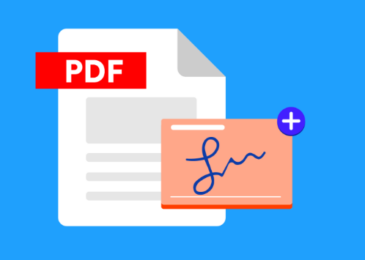Any operating system at work leaves a bunch of temporary files. This applies to both Windows and Linux and even Mac OS. If you actively use your MacBook for work and entertainment, in the course of time you will notice that it does not work as fast as before, but less memory becomes available, especially if your model has a small hard disk. In this regard, there is a logical question, how to clean the system of all this file debris.
Where does the cache come from?
You install different software to perform the tasks you need. It can be a browser for browsing the Internet, office applications for editing documents, various players for listening to music and watching movies and many other programs. Each of them in the process of its work creates temporary files, which are then used to speed up the work. Ideally, the cache should provide a faster startup of the application, in the process of work, it should use fewer resources. But this is ideal. In practice, if the cache becomes too much, it clogs the system, and the reverse effect occurs-the program runs slowly, often restarts, and various sorties occur.
In addition, the cache and system garbage can remain even after you have removed the application you do not need. What can this lead to? Some programs may not be installed correctly, and the entire system will be slowed down.
But even if everything works quite quickly, it cannot please the fact that unnecessary files occupy such a valuable place on the hard disk. Follow this link to know how to clear your Mac cache.
Manual cleaning
This method we can recommend only to experienced users of MacBook. The fact is that this is not only a long and inconvenient process, since you need to manually search for all unnecessary folders and files, so it’s also quite dangerous because with a lack of experience you can accidentally delete important files. If you are confident in your abilities, follow only two steps:
- Close all running programs. To do this, you must simultaneously press two buttons – Command + Q.
- Click the combination cmd + Shift + G to start the directory search box, and type ~ / Library / Caches. Here you can delete all content. However, in some situations, you can hook something superfluous, so carefully review what is stored in it, delete the largest files or those that have not been used for a long time. To quickly see when the file was last used, or find out which one takes the most space, use the file sorting.
Thus, in some cases, you can reset several gigabytes of memory. But is this all? For sure, when you view information in the store of your MacBook, you noticed an interesting daddy called “Another” that can take up most of the free memory.
What is stored in it? Is it just garbage? All files that are not programs, photos, songs, movies and backups, the operating system is referred to as others. It turns out that there can be useful data here. More information about what types of files will be displayed in the “Other” section:
- documentation;
- archive files and disk images;
- the cache that we deleted in the previous paragraph;
- downloads;
- files in the trash;
- any other files that the system could not assign to a particular category.
To add free space, in addition to clearing the cache, go through other folders and delete unnecessary, but large files. For example, these can be installation files of some kind of game, or a lot of backup files have accumulated on the hard disk. Check all that is superfluous and delete. Do not forget that some of the data is still stored in cloud storage.
Using special utilities
Since manual cleaning can be dangerous in the absence of necessary experience, and the process is not the most fascinating, it is best to use special utilities. Some of them are free, and some cost 30-40 dollars.




